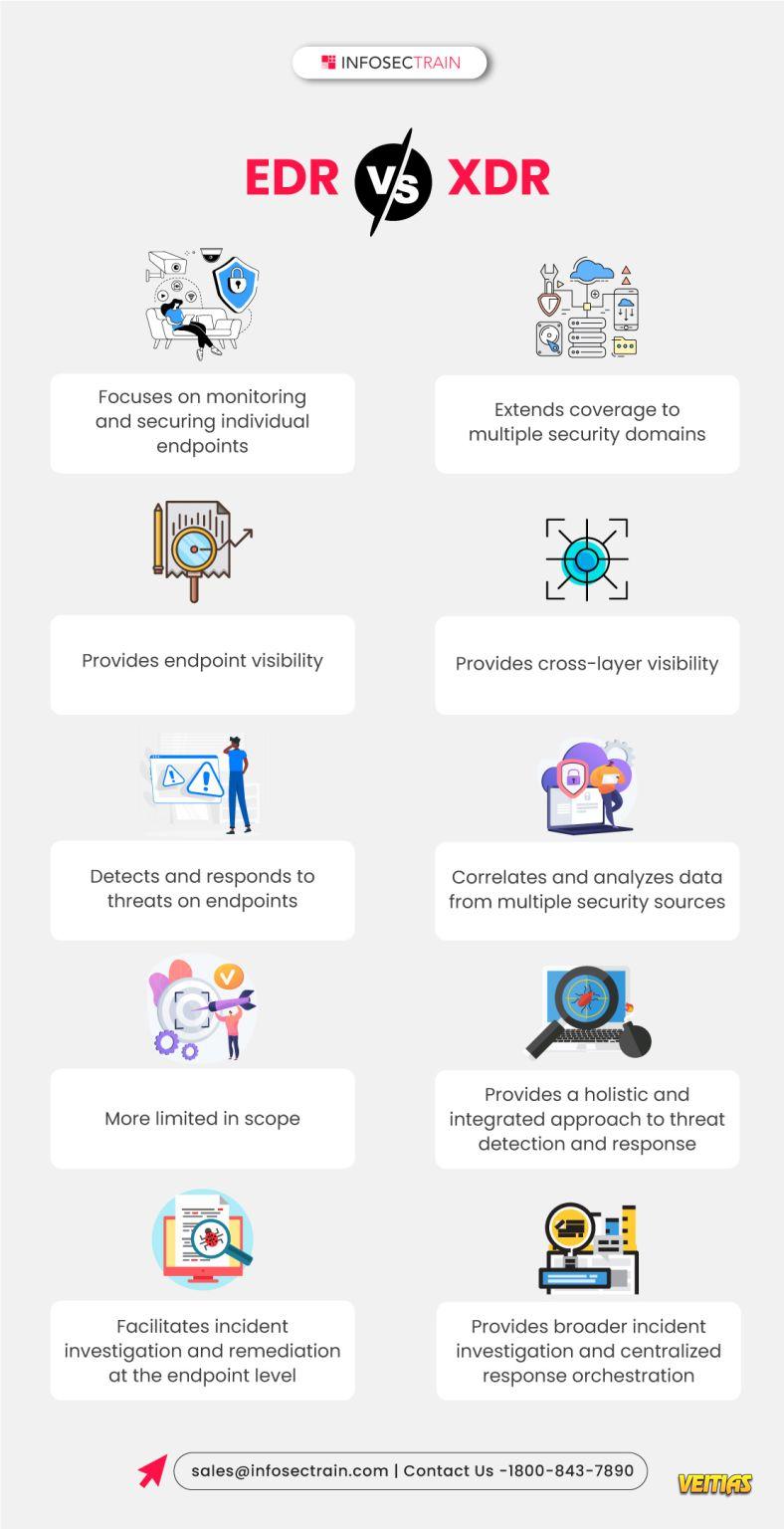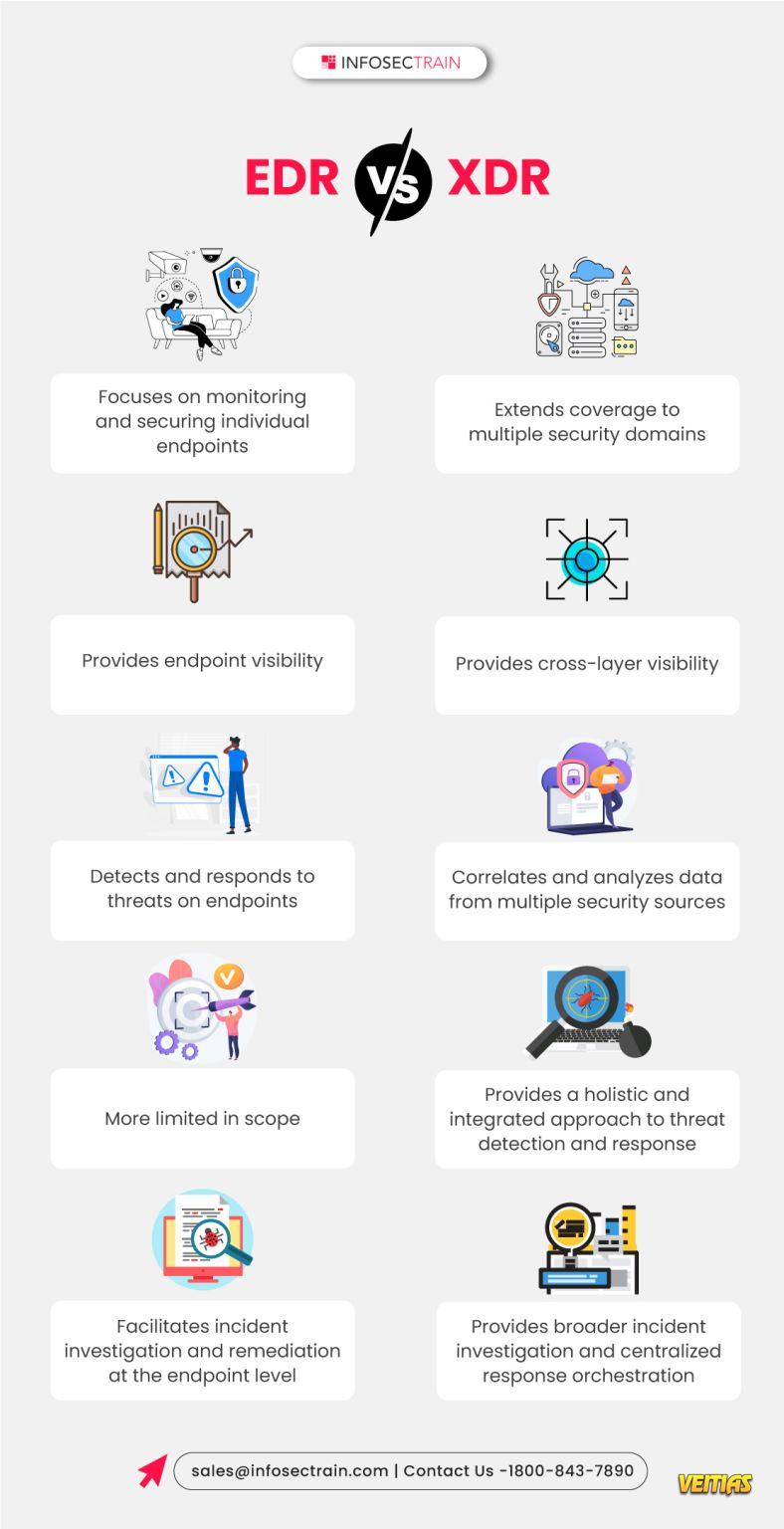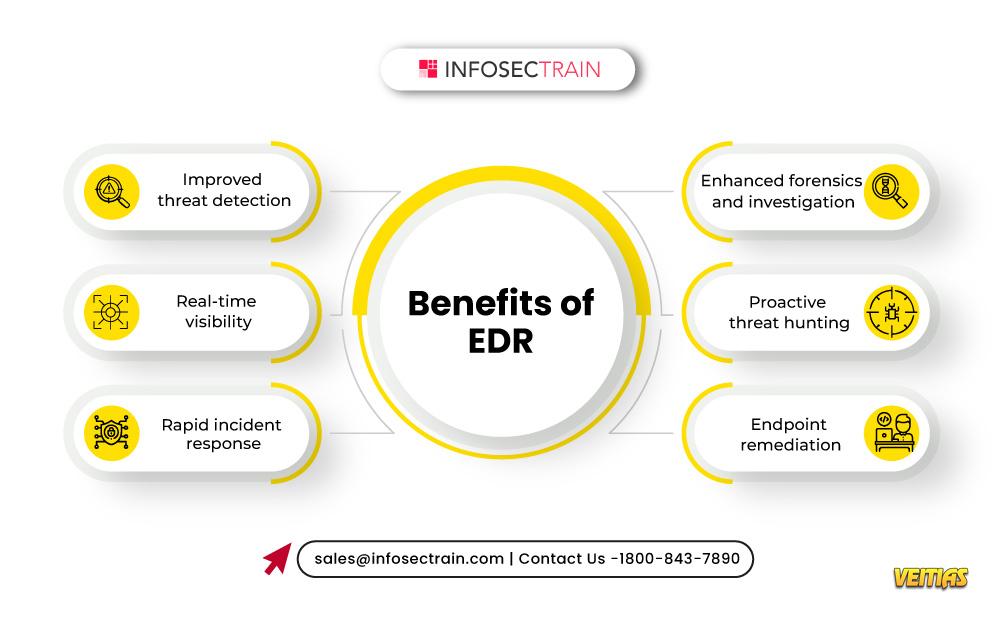What is Endpoint Detection and Response?
EDR is a cybersecurity tool designed to keep devices such as computers, laptops, servers, and mobile devices safe from threats. Unlike traditional antivirus solutions, EDR offers real-time monitoring, detection, and the ability to quickly respond to incidents, helping organizations stop attacks before significant damage occurs.
Read the blog now: https://infosec-train.blogspot.com/2025/05/what-is-endpoint-detection-and-response.html
#EndpointSecurity #EDR #CyberDefense #InfoSec #CyberSecurity #EDRExplained #ThreatDetection #InfosecTrain #DataProtection #RealTimeSecurity #SecuritySolutions
EDR is a cybersecurity tool designed to keep devices such as computers, laptops, servers, and mobile devices safe from threats. Unlike traditional antivirus solutions, EDR offers real-time monitoring, detection, and the ability to quickly respond to incidents, helping organizations stop attacks before significant damage occurs.
Read the blog now: https://infosec-train.blogspot.com/2025/05/what-is-endpoint-detection-and-response.html
#EndpointSecurity #EDR #CyberDefense #InfoSec #CyberSecurity #EDRExplained #ThreatDetection #InfosecTrain #DataProtection #RealTimeSecurity #SecuritySolutions
What is Endpoint Detection and Response?
EDR is a cybersecurity tool designed to keep devices such as computers, laptops, servers, and mobile devices safe from threats. Unlike traditional antivirus solutions, EDR offers real-time monitoring, detection, and the ability to quickly respond to incidents, helping organizations stop attacks before significant damage occurs.
🔗 Read the blog now: https://infosec-train.blogspot.com/2025/05/what-is-endpoint-detection-and-response.html
#EndpointSecurity #EDR #CyberDefense #InfoSec #CyberSecurity #EDRExplained #ThreatDetection #InfosecTrain #DataProtection #RealTimeSecurity #SecuritySolutions
0 التعليقات
0 المشاركات
2426 مشاهدة
0 معاينة






